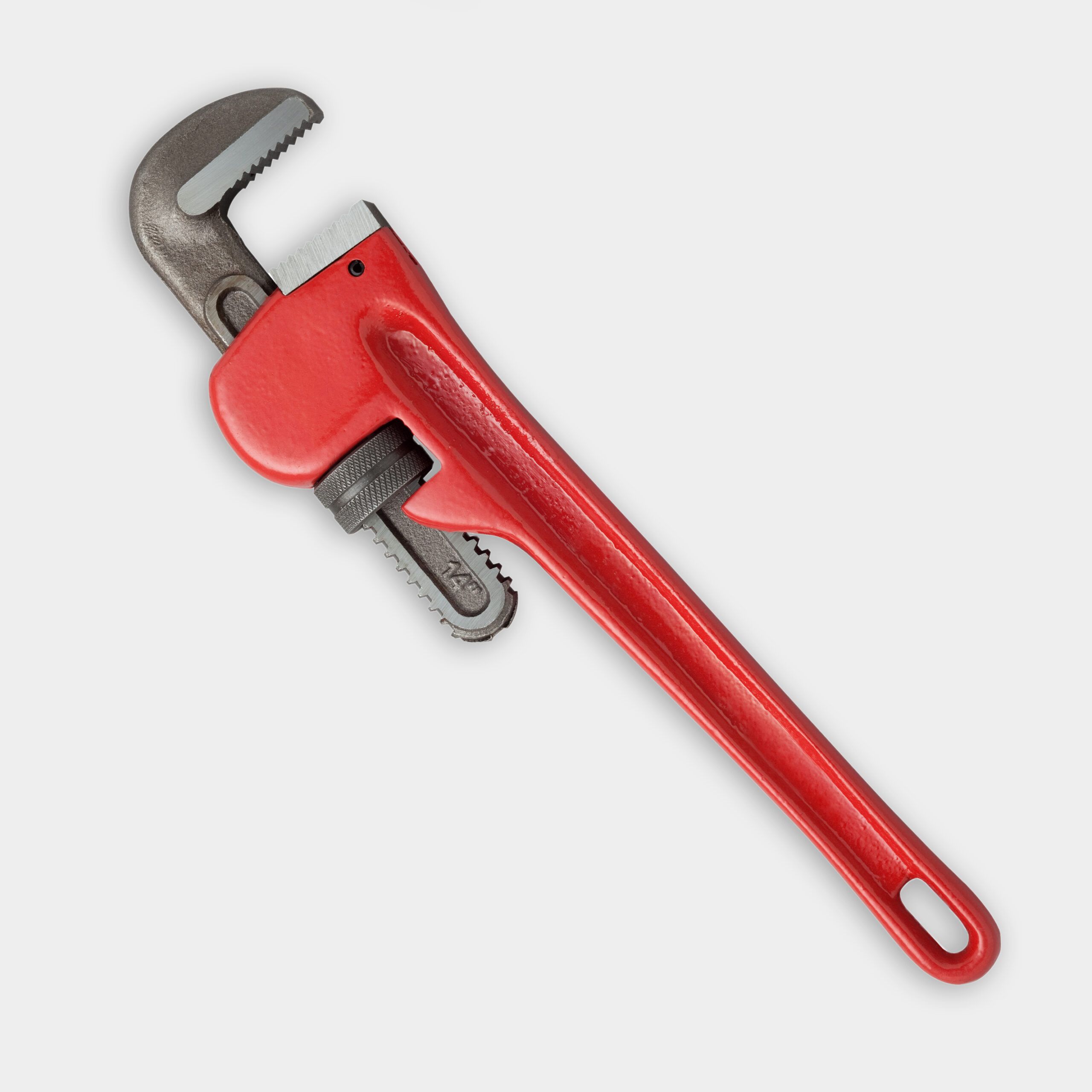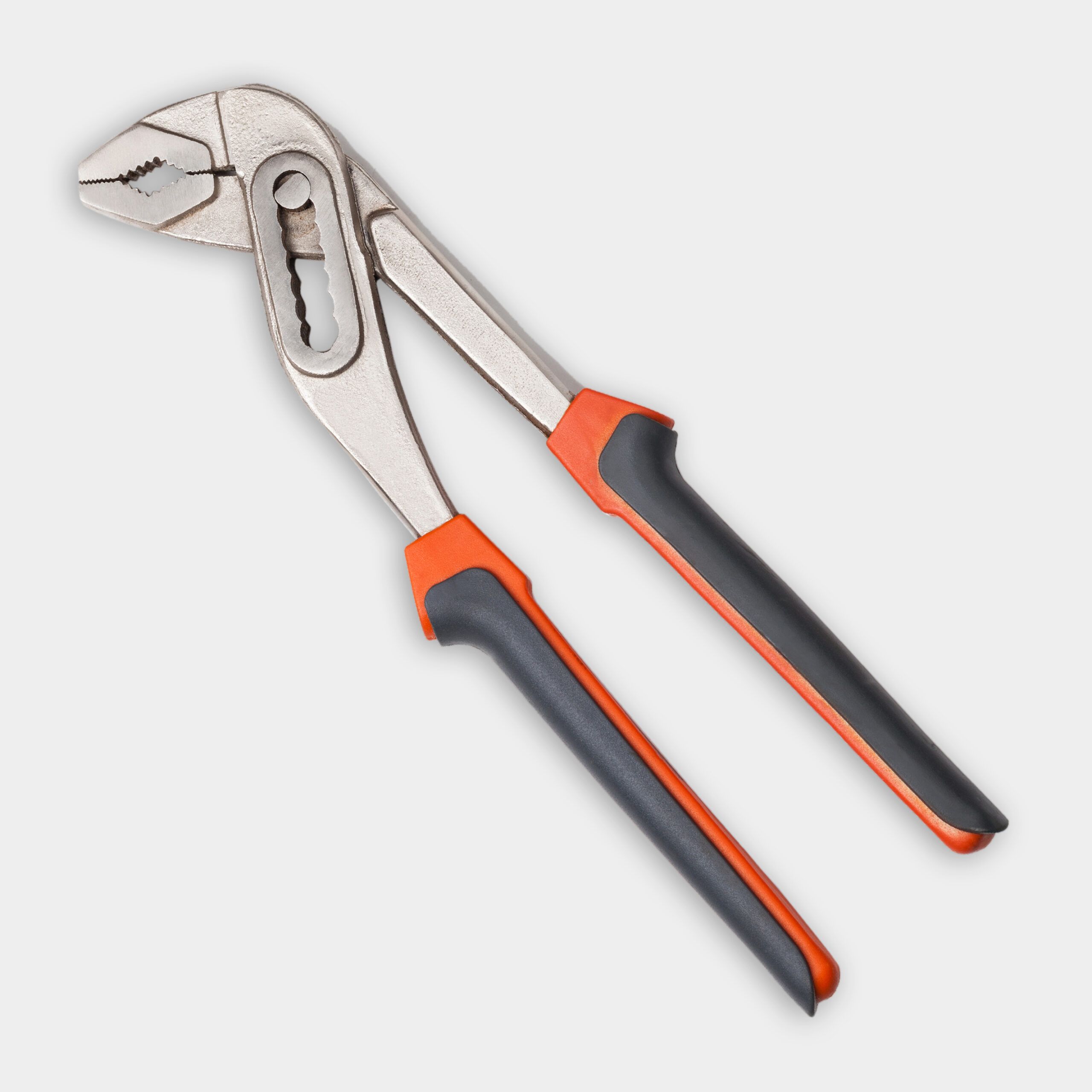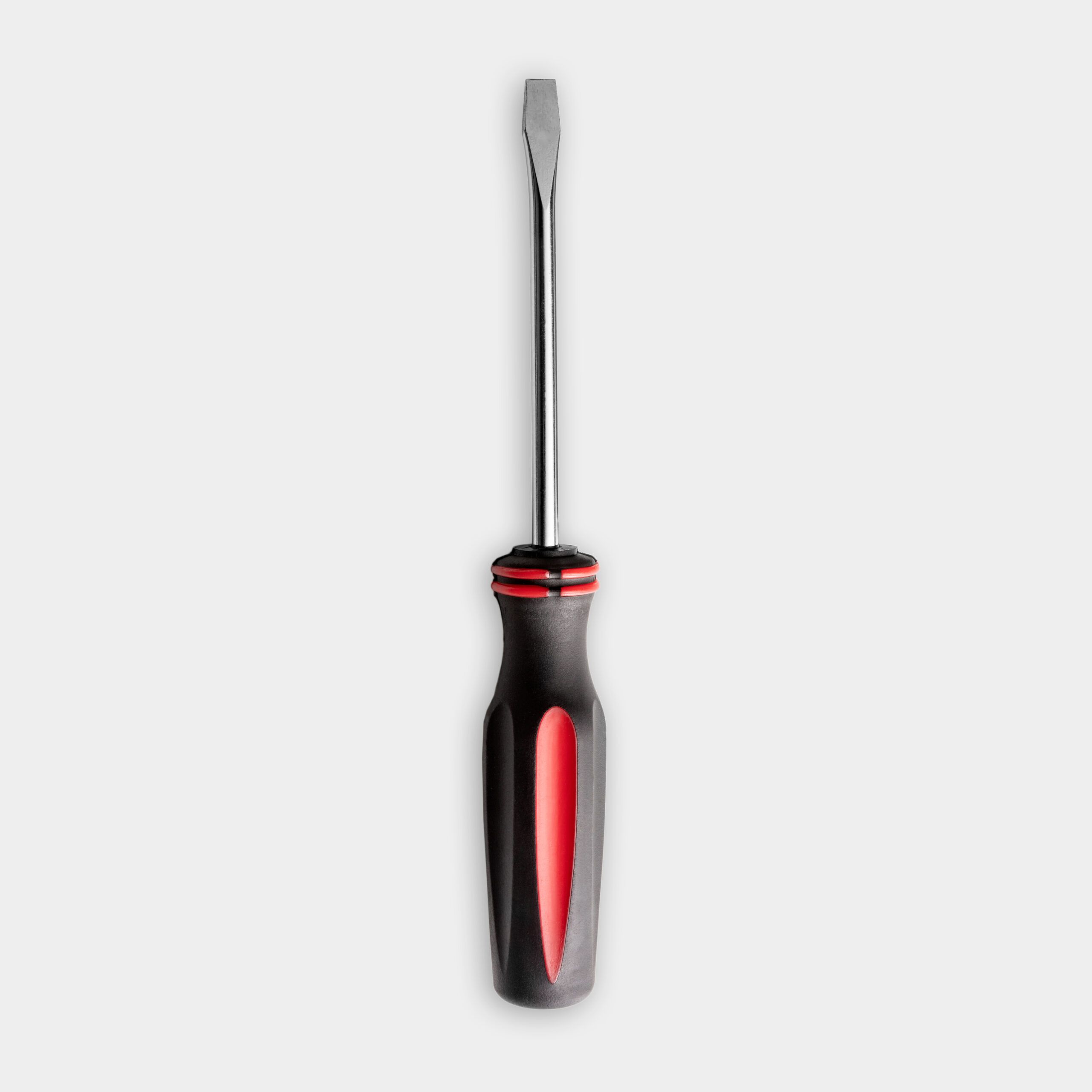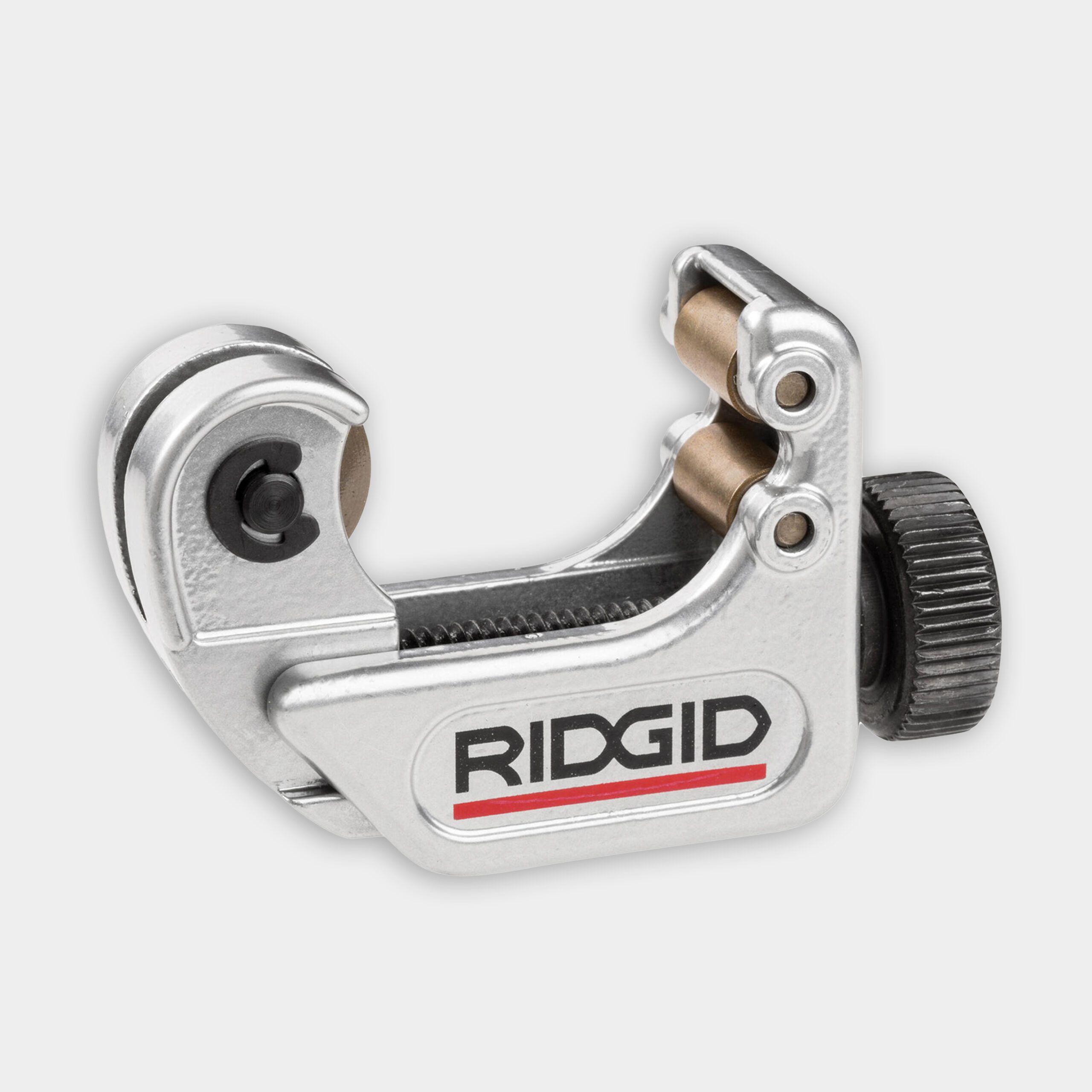Project details
Skill
Cost
Estimated Lab
Many issues can arise with bathroom plumbing, from a leaky faucet and clogged drains to running toilets. But a malfunctioning bathroom sink stopper can be more puzzling.
A bath sink stopper is designed to close a sink drain when you want to fill the bathroom sink with water, and then pop it back open when it’s time to let it drain.
Over time, stoppers get less and less compliant and will often freeze or break in place. Learning how to repair a sink stopper means replacing it. Plumbing and heating expert Richard Trethewey will take us through the steps of this project as he shows a homeowner how to fix a bath sink stopper.
Glossary: Parts of a Sink Stopper
Before getting started on the project, a quick overview of all the sink stopper parts will help you better understand how they all work together. Whether you have a vanity or pedestal sink installed in your bathroom, most sink stoppers will contain these same parts.
- Pop-up drain assembly: The entire mechanism that operates the pop-up stopper. This is generally sold as a kit for a replacement sink drain.
- Stopper lever: (Also called the lift rod.) You would pull this lever, that’s located behind the faucet knobs, upwards to close the stopper plug or downwards to open it.
- Linkage: (Also called the lift rod strap or clevis strap.) This perforated, flat metal strip is located beneath the sink with five to eight holes. The top of the linkage is connected to the bottom of the stopper lever.
- Pop-up lever: (Also known as the pivot rod.) This horizontal rod is located beneath the sink and connects the linkage to the pop-up drain assembly.
- Clip: (Also known as the spring clip.) This bent metal clip is located on the pivot rod and holds the pivot rod to the linkage.
- Tailpiece: This is a long, straight piece of pipe that connects from the pop-up drain assembly at the bottom of the sink to the drain trap, the curvy portion of pipe.
- Drain trap: (Also called a P trap.) The curvy portion of pipe beneath the sink (often in the shape of the letter U or P) is designed to hold a bit of water to form an airtight seal that prevents sewer gas from entering your home.
- Strainer: (Also called a strainer flange.) This metal rim inserts into the sink bowl, acting as the connection between the sink and the drain pipe.
How to Fix a Bathroom Sink Stopper
If your bathroom sink stopper is jammed, follow these steps to replace it. First, you’ll want to remove any items beneath or around the sink area to give you room to work and place a pan or bucket beneath the pipes to catch potential leaks. You don’t have to shut off the water supply, but if there’s a chance you might forgetfully open the faucet, shut off the supply valves under the sink as well.
1. Remove the Old Linkage
The old stopper lever behind the faucet connects to the pop-up lever underneath the sink. This needs to be removed first, and it’s easy to do. Simply head under the sink, find the connection between the stopper lever to the pop-up lever, and slide the clip holding the pieces together toward the wall. If you are replacing a pedestal sink stopper, you may have to remove the sink from the wall to access this. This should disconnect the assembly.
2. Pull the Old Stopper Out
Place the adjustable wrench over the nut holding the pop-up lever into the pop-up assembly. Stabilizing the pop-up drain assembly with one hand, turn the wrench to remove the nut and the lever. Pull the stopper out of the drain.
3. Disconnect the Tailpiece
In some cases, there will be a short length of pipe that threads into the old pop-up drain assembly on one end and then sits in the drain trap on the other. This is called a tailpiece.
Hold the drain trap firmly with one hand to prevent it from moving or twisting, and then use the water pump pliers to loosen the compression nut holding the tailpiece into the drain trap. Next, still using the pliers, unscrew the tailpiece from the pop-up drain assembly above it.
4. Remove the Strainer
Find the overflow holes under the lip of the old strainer and place a flat head screwdriver in one of the holes. Use the screwdriver to hold the drain in place. Head under the sink and place the water pump pliers on the large nut on the strainer. Remove the nut and gaskets from the pipe and push the strainer up through the sink to remove it.
Clean the drain hole in the sink with a rag and an all-purpose cleaner to remove any gunk or residue.
5. Insert the New Strainer
Take a ball of plumber’s putty, work it into a rope about ½-inch thick, and wrap it around the underside of the new strainer from the replacement sink drain kit. Push the strainer into the hole.
Working from underneath the sink, place the rubber gasket over the threads (the flat side of the gasket should be down) and press it up against the sink. Place the new drain nut over the threads and tighten the nut with a wrench. If the strainer starts to spin, place a screwdriver through the overflow holes.
The putty should squeeze out from under the strainer (once the strainer is tight, you can remove the excess). However, be careful not to over-tighten it or the sink may crack.
6. Install the New Pop-Up Assembly
Coat the threads of the strainer with some pipe dope, place the gasket in the pop-up assembly, and thread the new assembly onto the strainer threads. Use the water pump pliers to tighten the pop-up assembly, stopping when the threaded port for the pop-up lever is perpendicular to the wall behind the sink. This is the hole that the pop-up lever inserts into.
If the threaded port is not perpendicular to the wall, but there isn’t enough thread to go around another turn, loosen the strainer nut slightly, turn the strainer until it’s positioned correctly, and re-tighthen the strainer nut.
7. Install the New Tailpiece
Hold the new tailpiece in place to get an idea of how much to cut. Keep in mind that the pipe should thread into the pop-up assembly, while the other end of the tailpiece has to be long enough to sit inside the drain trap. Use a tubing cutter to cut this to the proper length. Apply pipe dope to the threads.
Carefully loosen the nut on the drain trap and swivel it out from under the drain to provide some clearance. Place the nut and then the gasket onto the end of the tailpiece and the non-threaded end of the tailpiece into the drain trap. Lightly thread the nut onto the drain trap.
Maneuver the drain trap back under the drain so the tailpiece is in line with the pop-up assembly. Thread the tailpiece into the pop-up assembly and tighten until snug. Tighten the compression nut holding the tailpiece to the drain trap as well as the nut on the trap.
8. Attach the Linkage
Working with the long end of the pop-up lever, slide the retaining nut over the lever so that it’s sitting over the ball (the threads should be facing the shorter side of the lever).
Next, place the tip of the pop-up lever through one hole in the clip, then through a hole in the perforated linkage under the faucet, and then through the other hole in the clip. Slide the pop-up lever back through the linkage.
9. Install the New Stopper and Arm
Align the new stopper so the hole for the pop-up lever is facing the wall behind the sink and then insert it in the strainer. Place the pop-up lever into the pop-up assembly so that it slides through the hole in the bottom of the stopper. Slide the nut over the pop-up lever and tighten to seat the arm in the pop-up assembly. Again, be careful not to over-tighten.
10. Test and Adjust
With everything installed and tightened, test to see if the stopper and the stopper lever are working properly. With the stopper lever pulled upward, the stopper should close and hold water in the sink. When the stopper lever is down, the drain should open. If the stopper lever is too low or too high to operate, remove the pop-up rod from the linkage and adjust it to the next hole up or down.
Finally, turn on the water and check the system for leaks.




